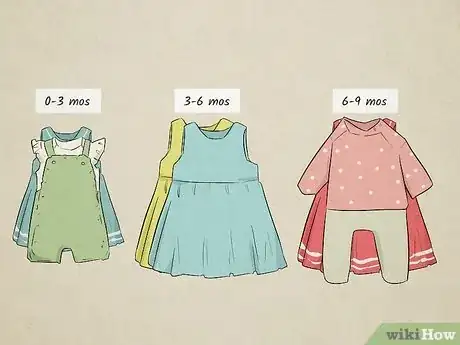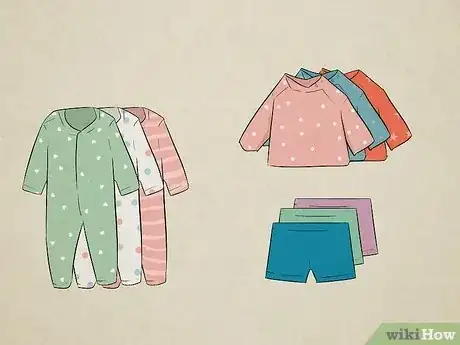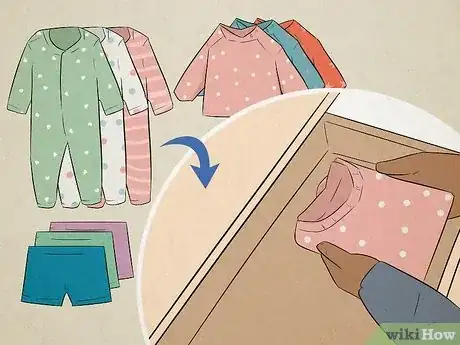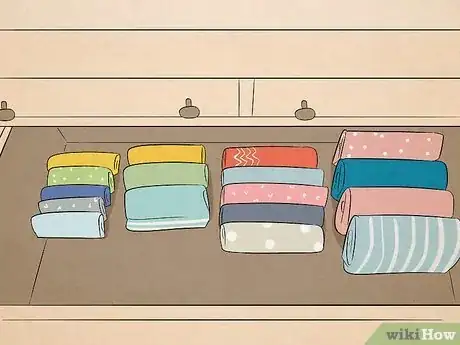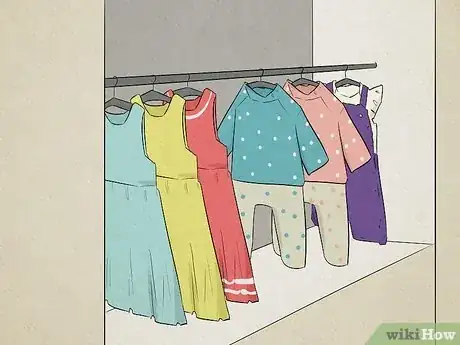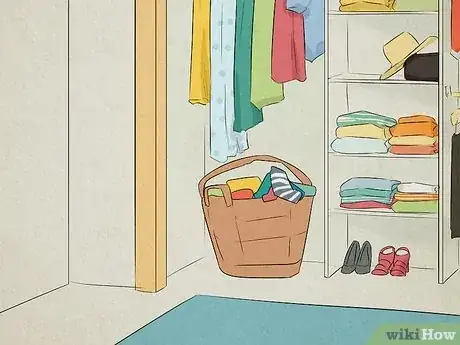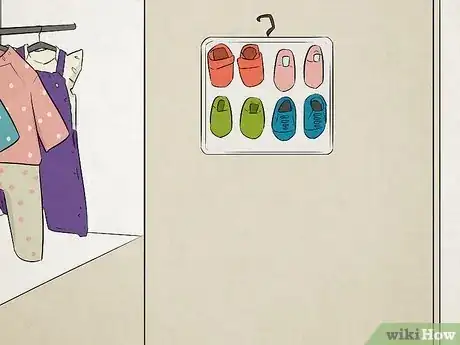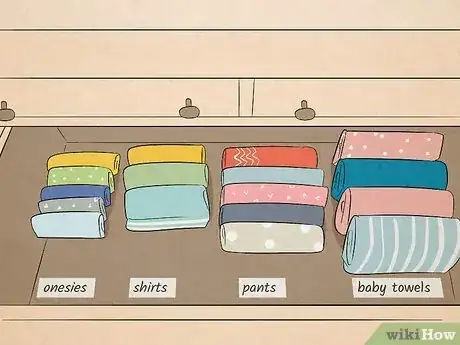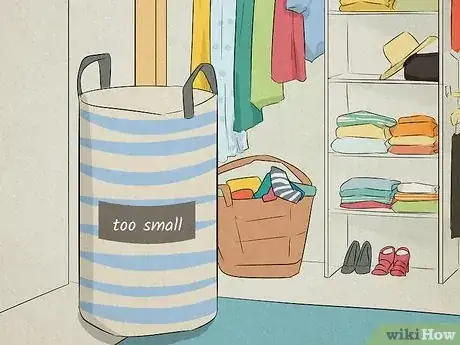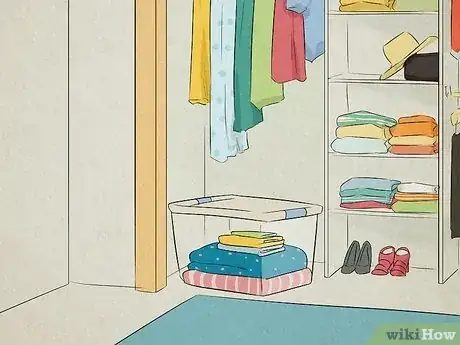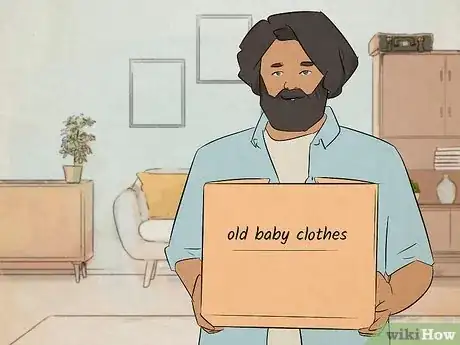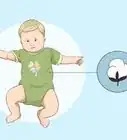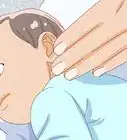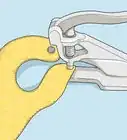This article was co-authored by wikiHow staff writer, Krysten Jackson. Krysten Jackson is a Chicago-based writer with a love of language and learning. She has contributed her editing skills to multiple content teams and publishing houses. Now, Krysten writes for wikiHow as an Editing Fellow, hoping to help others while they explore new topics and skills. Krysten graduated from Northwestern University in 2019 with a B.A. in English, focusing on Creative Writing and Linguistics.
This article has been viewed 1,157 times.
Learn more...
As your baby grows, you’re sure to collect more and more clothes either on your own or as thoughtful gifts. With all these tiny garments entering your home, you may wonder how you can satisfyingly put things away and find them again. Luckily, there are some easy steps to help keep your baby clothes organized, be it a cute outfit for today or bigger clothes for after those growth spurts. Keep reading to learn the best ways to organize your baby’s clothes.
Thing You Should Know
- Sort clothes by size and style. Knowing you’ll open a drawer and find the right sized onesie can save you some stress down the line.
- Store items like shirts, pants, and onesies in drawers. Items that are bulkier can be hung in the closet.
- Use bins and organizers to help sort shoes and other accessories. Hang them on your closet door or utilize the closet floor and overhead space.
- Keep a bin for clothes your baby has grown out of. Consider donating them if they’re still in good shape.
Steps
Sort clothes by size.
-
Start by making piles of clothing based on size or age suggestion. Babies grow quickly. To make sure you always have the right sized clothes on hand, group your clothes by the same size. Put clothes for 0 to 3 months together, 3 to 6 months together, and so on.[1] X Research source
- As you separate your clothes, you may notice an item of clothing seems a little bigger or smaller than other clothing in the same range. Group these items with the next size up or down instead.
Divide clothes by type.
-
Gather all shirts, pants, and onesies for easy sorting. After dividing your clothes by size, put them together by category. This will make them easier to grab and go when you need to. If you, for example, need a shirt, you won’t have to go searching if all the shirts are together. Likewise for your pants and onesies.[2] X Research source
- Consider the seasons as you sort your clothes. Lightweight shirts can be grouped together for the summer, as can warmer onesies for the winter.
Store onesies, shirts, and pants in drawers.
-
Items that don’t wrinkle easily can be kept in a dresser. Designate each drawer for a specific item, then organize that item by size. For example, a drawer for shirts can be organized from left to right with smaller shirts on the left and bigger shirts on the right.[3] X Research source
- You can also split drawers. One half of a drawer, for example, can be used for onesies and the other for pants. This is a great option if you don’t have enough of one item to take up an entire drawer.
File fold your baby’s clothes.
-
Storing your baby’s clothes back to back will help save space. By not putting clothes in a traditional stack, you can see everything in the drawer at a glance. Use this method to fit more into one drawer, as well.[4] X Research source
- To file fold clothing, fold one side over the center, sleeve to sleeve or pant leg to pant leg. Next, fold any sleeves over the rest of the garment. Then, fold the bottom of the item up to the top, stopping just before the edge. Finally, roll up the item from the bottom to form a small rectangle.
- Keep your rows separate with drawer organizers.
Hang dresses, matching outfits, and coats in the closet.
-
Clothes that wrinkle easier and bulkier items can go in the closet. As you hang your items, group similar items together from smallest to largest. Alternatively, group clothes by size. There are even size-based rod dividers available to match your aesthetic.[5] X Research source
- Because standard hangers can stretch out your baby’s clothes, buy baby hangers instead.
- Since baby clothes are short, add another rod to get more out of your closet space.
Place small items in baskets.
-
Fill out your closet space with baskets for socks and accessories. If you have no extra drawers, use baskets and bins to store your socks, bows, hats, and other accessories. Plastic bins will let you see what’s inside, but there are plenty of other stylish storage containers that will match your nursery.[6] X Research source
- The baskets can then be stored on your closet floor or in the overhead space.
- If you do have a drawer you can use, try using a drawer organizer with a lot of small sections. Your small items will be easy to look through with one.[7] X Research source
Hang an organizer on your closet door for baby shoes.
-
Turn your closet door into extra storage for shoes or other small items. If you’re running out of closet space for your baby booties, hook a shoe organizer over the door to store your baby’s kicks.[8] X Research source Place the shoes you use the most should be where you can reach them easiest.
- Shoes your baby wear less often, such as dressy shoes or winter boots, can be stored higher or lower.
Label everything.
-
Ensure things stay where they are with a little nametag. Now that all of the clothes are put away, use a label maker to make it official. Mark each drawer space, basket, bin, and closet section. With spaces clearly labeled for certain clothing, you’ll have an easier time when putting clothes back up on laundry day.[9] X Research source
- Label your storage with phrases like “Shirts 0-3 Months” or “Dresses 6-9 Months.”
Keep a bin for clothes that are too small.
-
Place a hamper in your closet to easily toss too-small clothes. Baby’s grow fast, and a cute onesie for a 3 month old likely won’t fit your 6 month old. If you notice your baby’s clothing is starting to fit a little snug, throw them in a convenient bin to take them out of the rotation.[10] X Research source
Stow away clothing that is too big in plastic bins.
-
Clothes for the future can be stored out of the way for now. For clothes your baby hasn’t grown into yet, keep them handy in a storage bin you can keep in your closet. Be sure to label them so you know what’s what once it’s time to pull them out.[11] X Research source
- To save more space, use vacuum storage bags.
Donate clothes you won’t use anymore.
-
Give away clothes that are clean and stain-free. Check to see if your local thrift store or family charity is accepting baby clothing. Smaller clothes can also be used as hand-me-downs for your future children or the children of friends and family.[12] X Research source
- Clothes your baby has never worn can also be donated. For example, maybe you received a winter coat for a 6 month old, but your baby was 6 months old in the summer. To stop items like this from taking up space, donate them.
- Sometimes baby clothes are too precious to give up, so don’t be afraid to keep some as a keepsake. Store these clothes in tightly sealed bins for preservation.
You Might Also Like
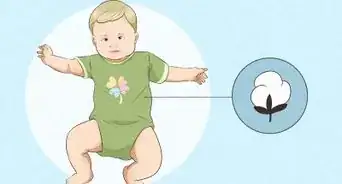 How to Dress a Baby for the Weather
How to Dress a Baby for the Weather
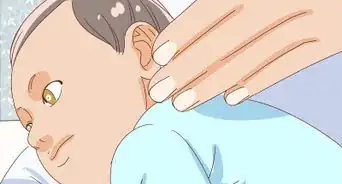
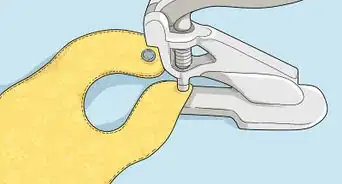
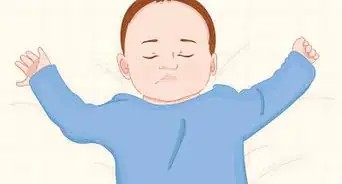
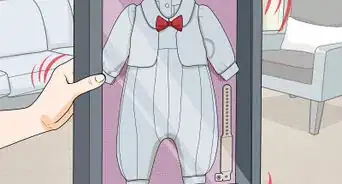
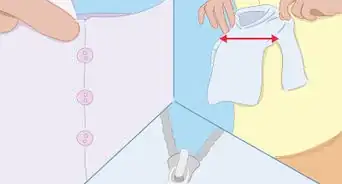
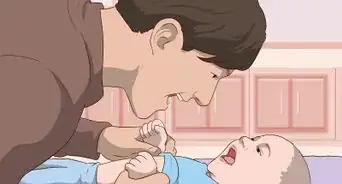
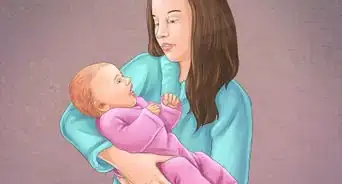
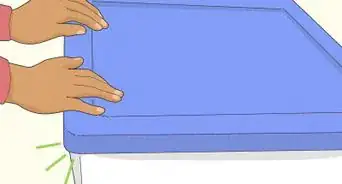
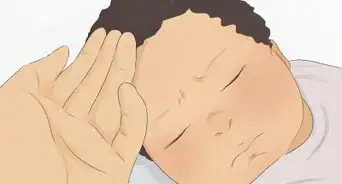
References
- ↑ https://www.parents.com/parenting/moms/housekeeping/organize-your-home-for-baby/
- ↑ https://sortingwithstyle.com/how-to-organize-baby-clothes/
- ↑ https://www.frederickschild.com/the-basics-of-organizing-baby-clothes/
- ↑ https://www.verywellfamily.com/step-by-step-guide-to-folding-baby-clothes-5211831
- ↑ https://www.frederickschild.com/the-basics-of-organizing-baby-clothes/
- ↑ https://www.frederickschild.com/the-basics-of-organizing-baby-clothes/
- ↑ https://www.parents.com/parenting/moms/housekeeping/organize-your-home-for-baby/
- ↑ https://www.parents.com/parenting/moms/housekeeping/organize-your-home-for-baby/
- ↑ https://www.frederickschild.com/the-basics-of-organizing-baby-clothes/
About This Article

